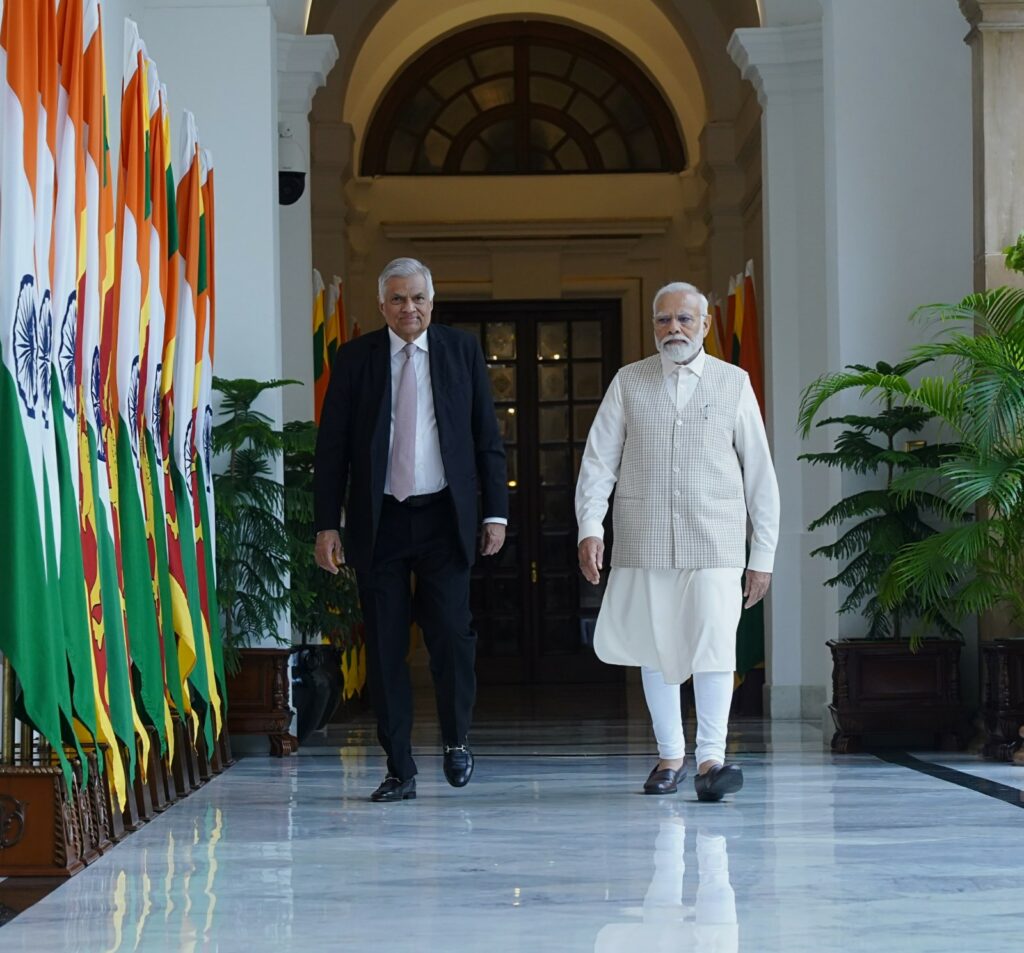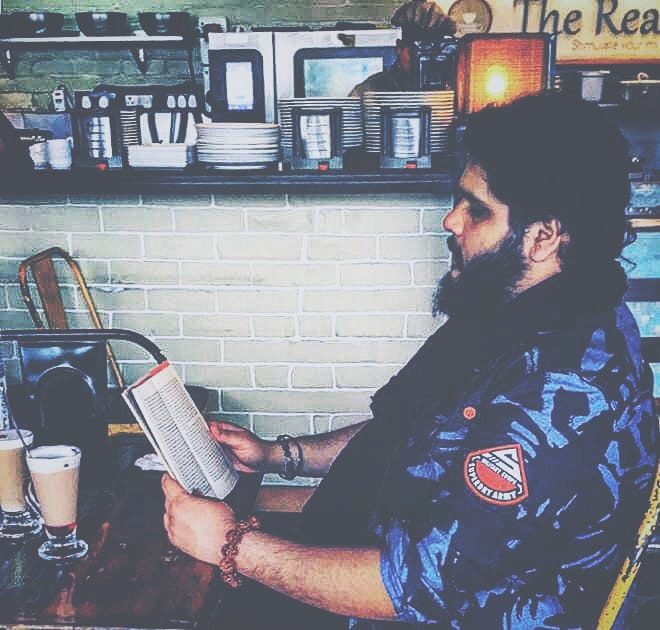
Sri Lankan President Ranil Wickremesinghe reached New Delhi on the 20th of July. This was his maiden visit to India since assuming the Office of President of Sri Lanka after the fall of Gotabaya Rajpakse’s government. He was received by MoS (MEA) Muraleedharan at the airport. This visit is very important and interesting given the situation Sri Lanka is in and the backdrop of the economic crisis, resulting wide range of protests it faced which eventually brought down the powerful Rajapakse family.
PM Ranil Wickremesinghe was brought in to steer the island nation’s fortunes which was a sinking ship. He has praised the support of the Indian government under Prime Minister Modi. It was Justice Minister Wijeyadasa Rajapakshe who praised the Indian government led by Prime Minister Narendra Modi for helping his country during the economic and political crisis. The bilateral ties which were plunging due to the bonhomie of the Rajapakshe regime with the Chinese, have been restored to a large extent today. Even so, concerns remain as the current head of state announced to maintain ‘neutrality’ between the two nations that define the Asian age as it is called today.
There was a lot of buzz around the visit as trade, and power projects featured in the bilateral talks. The President met the PM on Friday and termed the visit of the Sri Lankan President “very important” and noted how both nations have multifaceted relations.
The PM announced that “India, Sri Lanka have adopted a vision document on maritime, energy, people-to-people connect, trade etc. The issue of Tamil diaspora and their rights has been raised as well which is a welcome move and a strategic move as well. This comes at a time when the Tata group is looking into buying Sri Lankan Airlines since the President is open to privatizing it. Moreover, there is positive news over the usage of the Indian rupee with both the President and the RBI speaking in the same tone and in its favour.
Indian businessman, Gautam Adani met with the President as well and there have been talks of a project that involves the development of the Colombo port which they already had received an ‘LOI’ beforehand. Apart from these, a ferry service between the two nations which will join Nagapattinam in Tamil Nadu and Kankesanturai in Sri Lanka was discussed. UPI services in Sri Lanka would be launched soon, while a multi-project petroleum pipeline will be initiated this year.
Another important discussion was about security and cooperation. Given the way the Chinese are still interested in many affairs of the island nation, it isn’t a surprise that India remains cautious over the frequent visit of Chinese ships to the Hambantota port. The former regime often favoured the Chinese at the cost of New Delhi and the concern remains in the backdrop of our engagement with Sri Lanka. Despite that, Ranil Wickremesinghe has openly expressed his stance to be neutral and away from favouring anyone while praising India for its help during the crisis.
While there is a scope for improvement in the ties, this visit is a positive sign for the future of the two neighbours. Though any plan cannot be perfect, both India and Sri Lanka seem to be on the right track. Initiatives like SAGAR and other projects in the Indo-Pacific will not only promote bilateral ties but will also aid in keeping a check on the dragon and its influence in the region.

